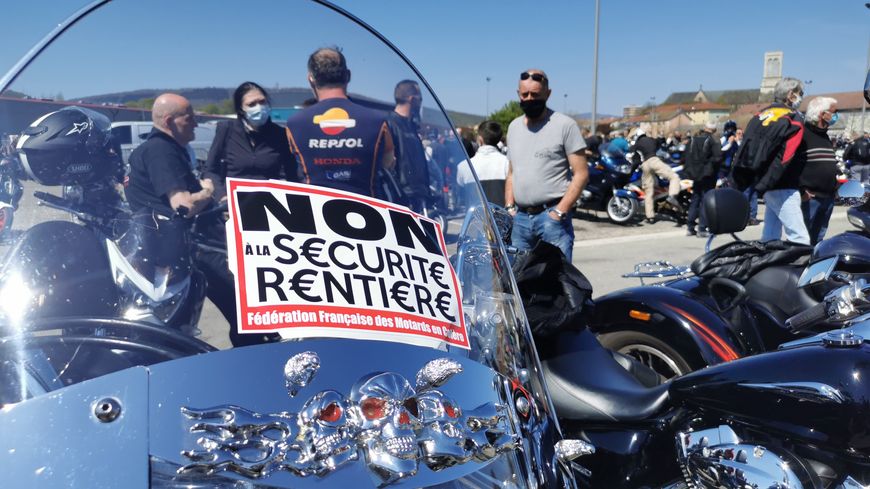Technical inspection will celebrate its 30th anniversary in 2022. Concerning two-wheelers, it was first announced this summer for entry into force on January 1, this technical examination was finally postponed by the President of the Republic in person, in the face of resistance from bikers. Also, alternative measures to the technical inspection of two-wheelers will be put in place, including a conversion bonus and anti-noise radars, announced Wednesday, November 24, the Minister for Transport, Jean-Baptiste Djebbari. The measures cover “the challenges of road safety, the fight against pollution and noise”, according to a press release from the ministry.
The European directive announcing the obligation to implement this technical inspection for motorized two-wheelers over 125 cc from January 1, 2022 was promulgated in 2014. This is not new, unlike the decree of he application was voted on in the heart of summer on August 11 and suspended the next day by the President of the Republic in person.
In reality, and it is ultimately quite simple to understand, Europe requires member countries to take specific measures, but not necessarily the implementation of technical control. Because the danger linked to poor maintenance of a vehicle or its obsolescence is the primary motivation for the existence of a technical inspection, to which we will add the pollution part.
Indeed, the figures put forward by the specialized insurance “La Mutuelle des Motards” on the basis of 18 claims analyzed between 000 and 2016 are interesting. This survey reveals that 2020% of these accidents are attributable to poorly maintained motorcycles, but most often due to tires with wear indicators.
If we stick to the figures, it therefore seems that accidents are very rarely caused solely by the poor condition of the vehicle. We must face the facts that, as with a bicycle, the law of gravity quickly calls the careless rider to order.
So, what is the cause of mortality? If we look at the figures put forward by specialist insurance (read above), the main cause of mortality remains vulnerability to other road users (wearing adequate equipment limits injuries). And in 67,5% of cases, the motorcyclist is not held liable according to this same insurance which also specifies that over the last 10 years, the vehicle fleet has increased by 20% and the loss ratio for motorcycles has fallen by 30%. . In other words, there are more motorcycles and scooters, but fewer accidents.
Most European countries have already implemented technical inspections for motorized two-wheelers. Only Finland, Ireland and the Netherlands have adopted alternative measures supposed to reduce the number of accidents, which have allowed them to circumvent this technical control, a subject of discord. The Minister for Transport, Jean-Baptiste Djebbari, did not go much further to propose these alternative measures in France.
The first measure will concern the establishment of a conversion bonus of up to €6 without income conditions. Like the automobile, this bonus will be paid for the purchase of an electric or very low-polluting two-wheeler.
In addition to the conversion bonus, from 2022, “radars to control noise emissions, particularly from two-wheelers”, will be installed, initially for educational purposes, alongside the “maintaining a level of sanctions for non-approved or tampered with exhaust pipes of up to 1 euros and the immobilization of the vehicle”.
Among the safety measures, the government will strengthen its communication on the wearing of gloves and plans to adapt the car license to include “the problem of two-wheeler safety”. A1 and A2 licenses will see specific points related to vehicle maintenance, eco-driving and the problem of vehicle noise emissions appear in their training processes.
Finally, the government wants to strengthen “the blind spot signaling device for heavy vehicles”.



